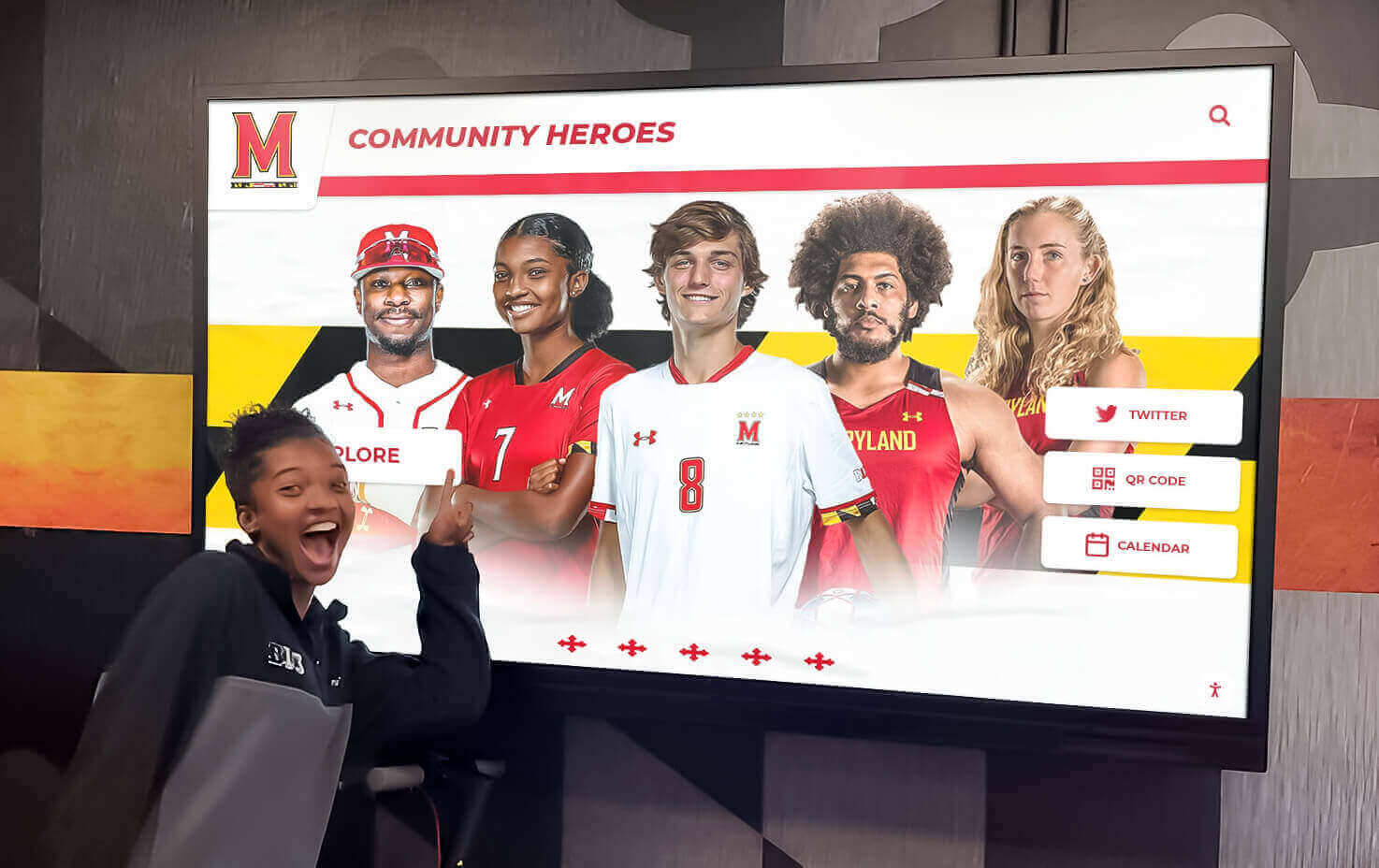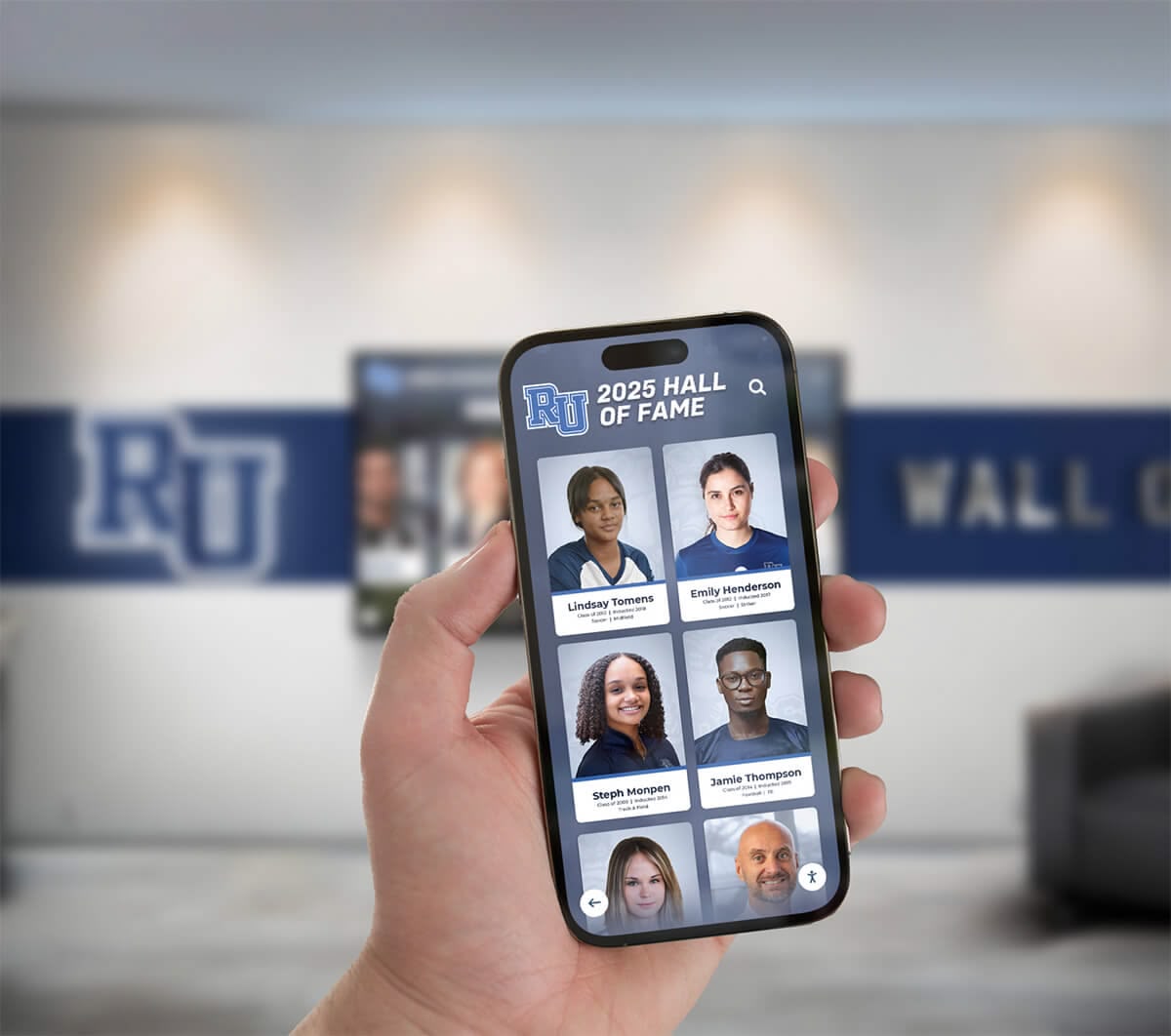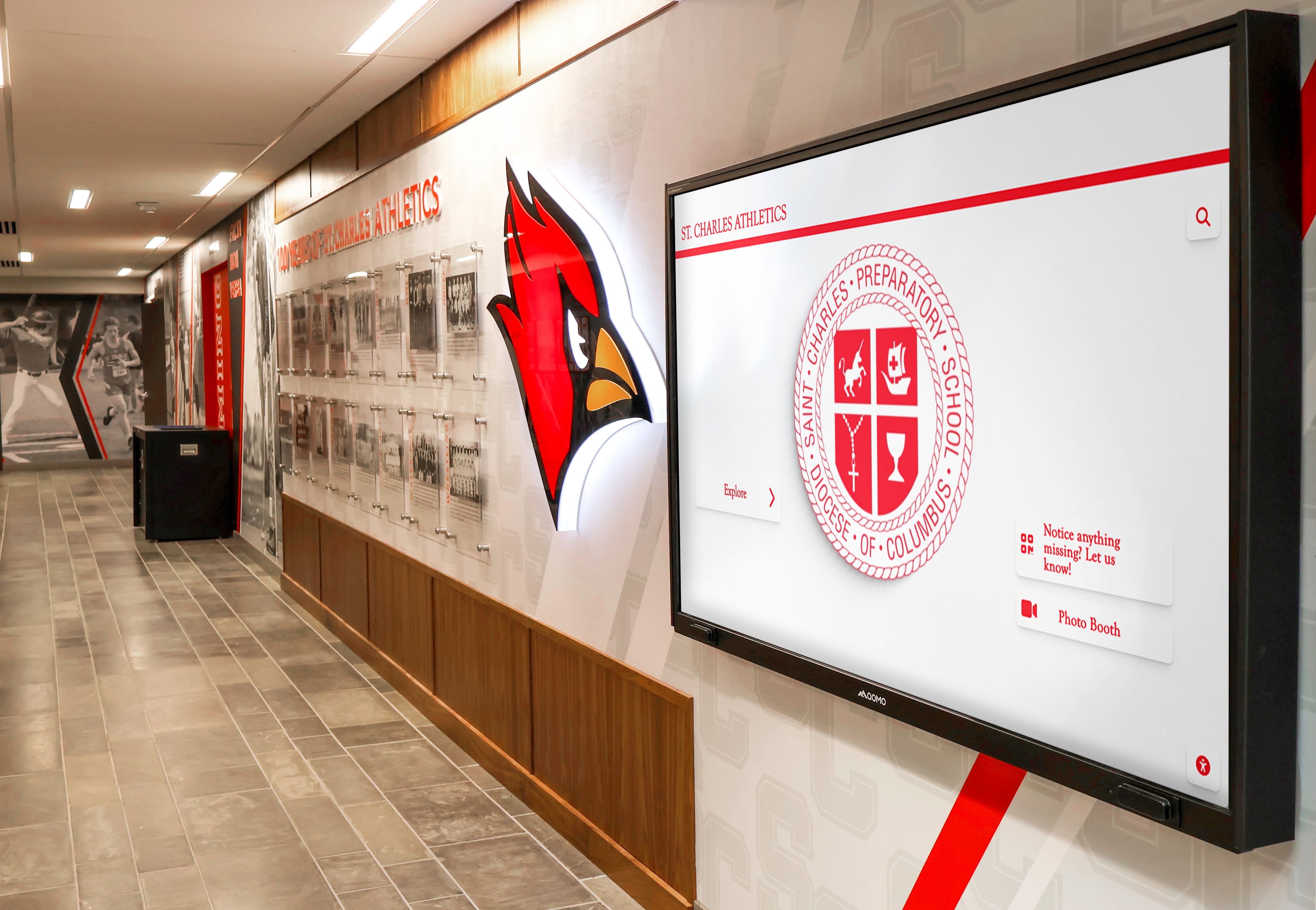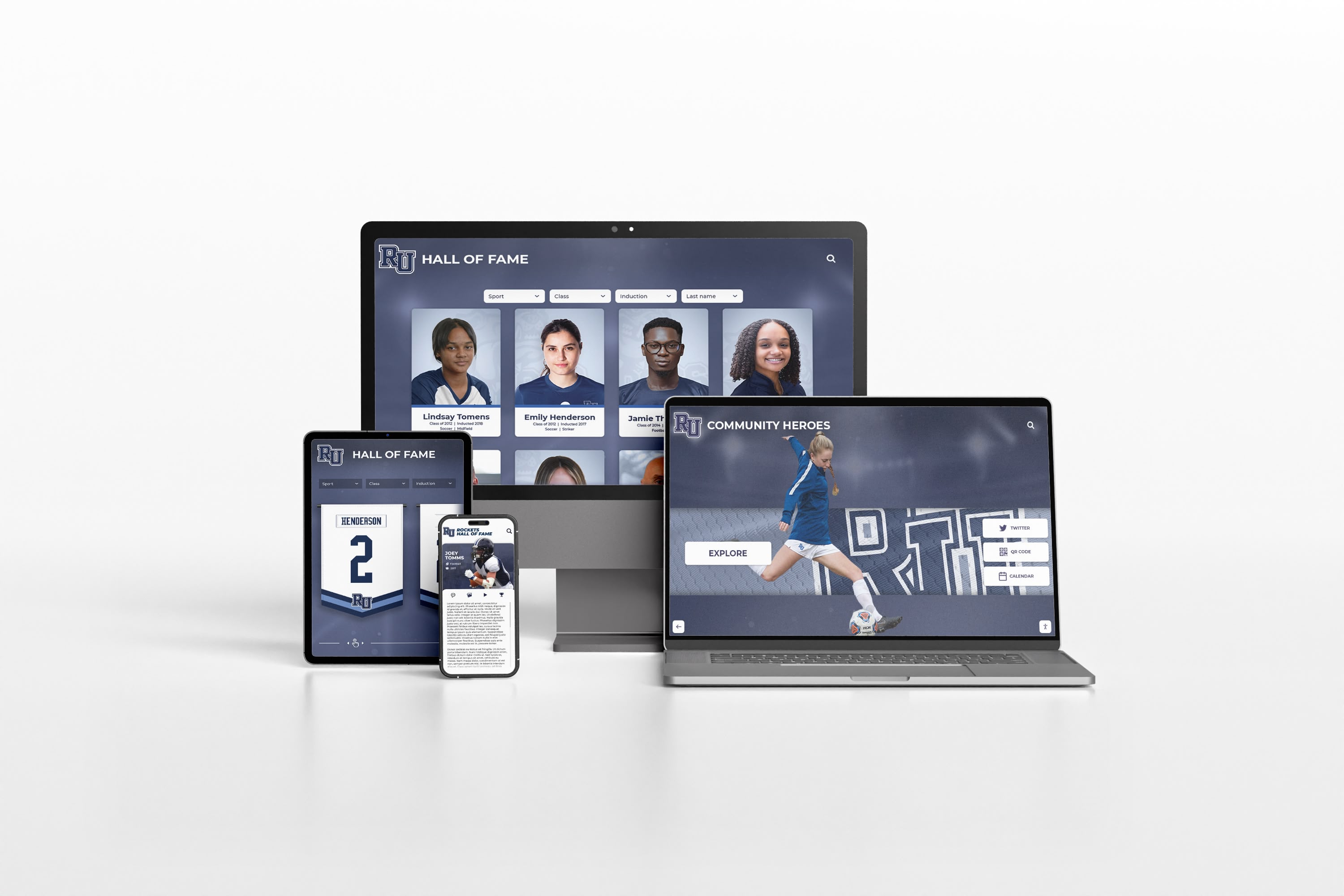Alumni engagement represents one of the most powerful yet underutilized assets available to educational institutions. Strong alumni communities directly influence fundraising success, enhance institutional reputation, support student recruitment and career development, provide valuable networking opportunities, and create sustained competitive advantages that compound over time.
Yet many schools struggle to move beyond transactional relationships where they only contact alumni when seeking donations. This approach not only fails to generate sustainable support but actively damages long-term engagement by making graduates feel valued only for their financial contributions rather than their continued membership in meaningful communities.
This comprehensive guide explores proven strategies for building genuine, sustainable alumni engagement that creates value for both institutions and graduates. Whether you’re a university advancement professional, high school alumni coordinator, independent school development officer, or association leader, these approaches will help you transform disconnected alumni into active, engaged community members who support institutional missions through volunteering, giving, mentoring, and advocacy.
Understanding Modern Alumni Engagement
Before implementing specific strategies, it’s essential to understand what alumni engagement truly means and why traditional approaches often fall short.
Defining Authentic Alumni Engagement
True alumni engagement extends far beyond simply maintaining contact information or sending periodic newsletters. Authentic engagement manifests when alumni voluntarily choose to remain connected to institutional communities, actively participate in programs and activities, derive personal value from their continued affiliation, contribute time, talent, or financial resources willingly, and maintain emotional bonds that persist across decades.
This engagement exists on a spectrum from passive awareness (receiving communications but rarely acting) through moderate participation (attending occasional events or making small gifts) to deep engagement (active volunteering, substantial giving, mentorship, or advocacy).
Why Traditional Approaches Fail
Many institutions unknowingly undermine engagement through counterproductive practices including contacting alumni exclusively when seeking money, treating all graduates identically regardless of interests or preferences, relying solely on nostalgia rather than creating current value, using outdated communication channels mismatched to alumni preferences, failing to recognize contributions beyond financial gifts, and making engagement inconvenient or time-consuming.
These approaches create negative associations where alumni perceive institutional outreach as transactional demands rather than genuine relationship building, leading to declining response rates, increasing unsubscribe requests, and weakening emotional connections.
The Generational Shift in Engagement Expectations
Understanding generational differences proves critical for effective engagement strategy. Baby Boomers often respond to traditional approaches including print publications, formal events, institutional nostalgia, and personal phone calls from fellow alumni. Generation X values practical benefits like career networking, flexible engagement options, digital communication, and demonstrated impact of contributions.
Millennials expect authentic two-way dialogue, social media engagement, mobile-first experiences, purpose-driven initiatives, and immediate response to inquiries. Generation Z demands seamless digital experiences, visual and video content, peer-to-peer connection, and transparent organizational practices.
Effective engagement strategies accommodate these diverse preferences rather than defaulting to single approaches that resonate with some demographics while alienating others.

Building Emotional Connections Through Recognition
Recognition creates powerful emotional bonds between alumni and institutions by validating that achievements matter and connections remain valued long after graduation.
The Psychology of Recognition and Belonging
When alumni see their accomplishments celebrated through professional recognition programs, multiple psychological benefits occur. Recognition validates that institutional experiences contributed meaningfully to subsequent success, reinforcing the value of educational investments. It strengthens institutional pride as alumni recognize they belong to communities of accomplished individuals.
Most importantly, recognition creates tangible evidence of continued community membership rather than forgotten names in old records. Research consistently demonstrates that alumni who feel strong emotional connections give at three times the rate and average gift size compared to those lacking such bonds.
Recognition as Strategic Engagement Infrastructure
Unlike episodic engagement tactics that create temporary spikes in participation, recognition programs build sustainable infrastructure for ongoing connection. Each recognition opportunity generates multiple engagement touchpoints including nomination and selection processes involving volunteers, induction ceremonies bringing alumni to campus, ongoing visibility through displays and publications, social sharing extending reach to alumni networks, and conversations sparked when people discover recognition.
Solutions like interactive recognition displays transform traditional plaques into dynamic platforms where alumni actively explore peer achievements, discover former classmates, and engage with institutional stories through searchable, multimedia content.
Diverse Recognition Categories That Engage Broadly
Effective recognition programs honor varied contributions rather than narrow achievement definitions. Career and professional excellence celebrates business leaders, entrepreneurs, public servants, medical innovators, artistic accomplishments, and scientific discoveries. Community service and social impact recognizes volunteers, nonprofit leaders, humanitarian work, and social justice advocacy.
Institutional contribution honors volunteer service, philanthropic support, mentorship participation, and advocacy on behalf of the school. Athletic achievement celebrates competitive excellence, coaching contributions, and sportsmanship. Academic accomplishment recognizes scholarly achievement, research contributions, and educational innovation.
This diversity ensures all alumni populations see themselves represented and feel that their particular paths to success receive appropriate celebration. Understanding the best ways to connect with alumni reveals how recognition programs serve as foundational engagement infrastructure supporting multiple institutional objectives simultaneously.
Implementation Best Practices for Recognition Programs
Successful recognition programs incorporate transparent selection criteria preventing favoritism perceptions, inclusive nomination processes enabling broad participation, diverse selection committees representing varied constituencies, regular induction cycles creating anticipation and momentum, meaningful ceremony experiences making honorees feel truly celebrated, and sustained visibility through physical displays, digital platforms, and ongoing communications.

Creating Value Beyond Fundraising Asks
Alumni who receive value from institutional relationships engage more deeply and give more generously than those contacted only when schools need money.
Career Development and Professional Networking
Career support represents one of the most valuable services institutions can provide to graduates. Comprehensive career programming includes searchable alumni directories enabling professional networking, mentorship programs connecting experienced alumni with students and recent graduates, job boards featuring opportunities from alumni employers, professional development resources addressing skill gaps, networking events organized by industry or geography, and LinkedIn integration amplifying professional connections.
These services create practical value that attracts engagement from career-focused alumni who might otherwise ignore institutional outreach. When alumni advance professionally through institutional connections, they attribute that success to their educational affiliation, strengthening bonds and increasing propensity for future support.
Interactive alumni directories serve as powerful career networking infrastructure, enabling alumni to find mentors, discover employment opportunities, and build professional relationships that wouldn’t otherwise exist.
Continuing Education and Lifelong Learning
Alumni increasingly expect educational relationships to extend beyond degree conferral. Valuable continuing education offerings include webinars and workshops on current topics, online courses and certificate programs, access to research and publications, campus library and database privileges, auditing courses at reduced rates, and professional credential programs.
These opportunities demonstrate ongoing institutional investment in graduate success while generating revenue and maintaining intellectual engagement with alumni who value learning.
Exclusive Benefits and Services
Tangible benefits create practical reasons for maintaining engagement. Common benefit programs include recreational and athletic facility access, cultural event tickets and discounts, alumni business directory and referral networks, travel programs to interesting destinations, insurance and financial service discounts, co-working space access, and university bookstore privileges.
While benefits alone rarely create deep engagement, they demonstrate that institutions value alumni relationships by providing ongoing services rather than only seeking contributions.
Content That Alumni Actually Want
Strategic content marketing maintains engagement between events and asks by providing genuinely interesting material. Effective content includes alumni success stories showcasing diverse achievements, faculty research highlights demonstrating cutting-edge work, student achievement celebrations showing impact of alumni support, behind-the-scenes campus updates, nostalgic historical content, and thought leadership on relevant topics.
Content distributed through email newsletters, social media, podcasts, video series, and print publications maintains consistent institutional presence while delivering value that justifies alumni attention.

Strategic Event Programming That Drives Participation
Well-designed events create memorable experiences that strengthen community bonds and generate sustained engagement momentum.
Signature Annual Traditions
Cornerstone events form engagement program foundations that alumni anticipate and plan to attend. Homecoming celebrations combine athletics, reunions, campus tours, and family activities into multi-day festivals with broad appeal. Class reunions create natural gathering points around milestone anniversaries where classmates reconnect after years or decades apart.
Alumni awards galas formally recognize distinguished graduates while celebrating institutional excellence. Regional networking events serve geographic alumni clusters unable to return to campus frequently. Young alumni gatherings specifically designed for recent graduates address their unique interests and life stages.
These recurring traditions become expected fixtures on alumni calendars, generating consistent participation and reinforcing community membership.
Virtual and Hybrid Programming Expanding Reach
Digital event options dramatically expanded during recent years and now represent permanent engagement strategies. Virtual programming enables participation regardless of geography, accommodates busy schedules, reduces environmental impact and expenses, archives for later viewing, and often attracts higher attendance than in-person equivalents.
Effective virtual programming includes webinar series featuring alumni experts, panel discussions on relevant topics, virtual campus tours showcasing new facilities, online networking events with breakout conversations, and athletic game watch parties connecting fans globally.
Hybrid events combining in-person and virtual attendance maximize participation while meeting diverse preferences and circumstances. Solutions like high school reunion planning guides help institutions organize successful gatherings whether in-person, virtual, or hybrid.
Programming for Specific Interest Communities
Targeted events serve niche populations with shared interests or characteristics. Affinity group gatherings organize alumni by professional field, cultural identity, activity participation, or life stage. Service opportunities create impact through community projects or institutional support. Family programming welcomes spouses, partners, and children into alumni communities.
This segmentation enables relevant programming that resonates more powerfully than generic events attempting to appeal to all alumni simultaneously.
Volunteer Engagement Creating Meaningful Contribution
Alumni wanting to give back through time and talent need structured opportunities matching their abilities with institutional needs.
Mentorship Programs Connecting Generations
Mentorship represents one of the highest-value volunteer opportunities, creating meaningful impact for students while engaging alumni who want to guide the next generation. Effective programs include formal year-long mentorships with structured goals, flash mentoring offering brief consultations on specific questions, group mentoring where alumni lead small cohorts, virtual mentoring eliminating geographic barriers, and project-based mentoring around specific initiatives.
Clear expectations, smart matching based on interests and compatibility, structured frameworks providing guidance, progress tracking, and appropriate recognition ensure program success and sustainability.
Admissions and Recruitment Support
Alumni volunteers multiply recruitment reach and provide authentic perspectives that resonate with prospective students. Volunteer roles include conducting applicant interviews, attending college fairs, hosting accepted student events, speaking on career panels, and sharing experiences through various channels.
These activities directly impact enrollment while engaging alumni through meaningful institutional service. Student engagement strategies reveal how alumni involvement benefits both current students and volunteer alumni themselves.
Fundraising Assistance and Peer Solicitation
Alumni often respond more positively to peer solicitation than institutional requests. Volunteer fundraising roles include class agents recruiting reunion gifts, phonathon callers reaching out to classmates, major gift cultivation assistance, giving day social ambassadors, and campaign cabinet members.
This peer-to-peer fundraising proves more effective than staff-driven approaches while deepening volunteer engagement through meaningful institutional contribution.
Advisory and Governance Roles
Leadership opportunities engage accomplished alumni through board service, advisory committee participation, search committee assistance, and strategic planning input. These roles provide valuable external perspectives while recognizing alumni expertise and strengthening their investment in institutional success.

Multi-Channel Communication Strategies
Effective alumni communications reach graduates through channels matching their preferences and consumption habits.
Email Marketing Excellence
Despite numerous alternatives, email remains the primary communication channel for many institutions. Best practices include mobile-optimized designs working excellently on smartphones, compelling subject lines maximizing open rates, segmented campaigns targeting specific audiences, clear calls-to-action focusing messages, and measured frequency preventing inbox fatigue.
Personalization based on class year, location, giving history, engagement level, or demonstrated interests significantly improves response rates compared to generic mass communications.
Social Media for Two-Way Engagement
Social platforms transform one-way broadcasting into interactive conversations. Platform-specific strategies recognize that Facebook serves community building and event promotion, Instagram delivers visual storytelling and younger alumni engagement, LinkedIn enables professional networking and career content, and Twitter facilitates real-time updates and responsive communication.
Effective social engagement employs user-generated content encouraging alumni to share their stories, interactive posts with polls and questions inviting participation, alumni takeovers providing fresh voices, hashtag campaigns aggregating content, and responsive engagement demonstrating that institutions listen and value dialogue.
Print Publications Maintaining Their Place
Despite digital growth, many alumni still value physical magazines or newsletters. Print excels for long-form storytelling, beautiful photography, and creating premium experiences commanding sustained attention. Hybrid approaches combining flagship print publications with supplemental digital communications balance costs with diverse preferences.
Video Content Creating Emotional Connection
Video generates significantly higher engagement than text-only content. Effective formats include alumni profile documentaries, campus tour and facility showcase videos, event highlights and photo montages, message videos from institutional leaders, and educational content from faculty or accomplished alumni.
Video’s emotional impact and shareability make it particularly valuable for social media distribution and website engagement.
Text Messaging for Immediate Connection
SMS creates direct, immediate communication for time-sensitive information like event reminders, giving day campaigns, or breaking news. Two-way texting enables conversational engagement and quick responses. However, SMS requires permission-based opt-in lists and careful frequency management as unwanted texts generate strong negative reactions.

Data-Driven Engagement Optimization
Systematic measurement and analysis enable continuous improvement based on actual results rather than assumptions.
Essential Metrics to Track
Comprehensive engagement measurement monitors participation rates for events, programs, and communications, giving metrics including participation, retention, and average gift size, volunteer engagement and hours contributed, communication effectiveness through open and click rates, website and platform utilization analytics, and social media reach and engagement.
Segmented analysis by graduation year, geographic location, giving history, and engagement level reveals patterns that inform targeted strategies addressing specific populations.
Engagement Scoring Models
Sophisticated institutions develop engagement scores synthesizing multiple data points into single metrics indicating overall engagement strength. Scoring algorithms might weight event attendance, giving history, volunteer service, communication interaction, and platform utilization to identify highly engaged alumni for leadership recruitment or disengaged graduates needing re-engagement efforts.
These scores enable targeted interventions based on engagement levels rather than one-size-fits-all approaches.
Predictive Analytics and Propensity Modeling
Advanced analytics identify alumni most likely to increase engagement or giving based on behavior patterns. Predictive models might indicate graduates likely to attend reunion events, alumni with high giving propensity but no giving history, or engaged non-donors representing cultivation opportunities.
These insights focus limited staff time on highest-potential activities rather than spreading resources evenly across all alumni regardless of propensity.
Privacy and Ethical Considerations
Data utilization requires careful attention to privacy regulations like GDPR and CCPA, transparency about data collection and usage, opt-out capabilities respecting preferences, and security protecting sensitive information. Data privacy and security best practices ensure programs respect alumni rights while utilizing information effectively.
Segmentation and Personalization Strategies
Targeted approaches acknowledging that different alumni have different interests and preferences dramatically outperform generic mass communications.
Geographic Segmentation for Regional Programming
Alumni concentrated in specific regions respond well to local programming including regional chapter events, city-specific networking gatherings, targeted communication about local activities, and connections with fellow alumni in their areas.
Geographic targeting reduces travel barriers while creating manageable local communities within larger alumni populations.
Affinity Group Engagement
Creating specialized communities around shared characteristics enables targeted programming. Common affinity groups include school or college-specific communities, major or department affiliations, professional field or industry groups, athletic or extracurricular activity connections, cultural identity or demographic groups, and life stage communities like young alumni or retirees.
These niche communities often generate stronger engagement than undifferentiated general alumni populations because programming addresses specific interests and creates more meaningful connections.
Generational Cohort Approaches
As discussed earlier, different generations have different expectations and preferences. Strategic segmentation enables tailored approaches for Baby Boomers preferring traditional communication and formal events, Generation X seeking practical career benefits and digital flexibility, Millennials expecting authentic dialogue and social media engagement, and Generation Z demanding seamless mobile experiences and visual content.
Engagement Level Targeting
Alumni at different engagement levels require different approaches. Highly engaged alumni appreciate advanced opportunities like leadership roles, exclusive access, and deeper involvement. Moderately engaged alumni need consistent touchpoints maintaining connection without overwhelming commitment. Disengaged or lapsed alumni require reactivation campaigns using low-pressure, value-first approaches that rebuild relationships before making asks.

Technology Infrastructure Enabling Engagement
Modern alumni engagement requires robust technology platforms supporting communications, data management, events, and networking.
Centralized Alumni Engagement Platforms
Comprehensive platforms consolidate various functions including searchable alumni directories, event management and registration, giving and donation processing, volunteer opportunity matching, communications and content distribution, career services and job boards, and integrated analytics and reporting.
Centralized systems provide better user experiences than disparate tools requiring separate logins and redundant data entry while giving institutions holistic views of constituent relationships.
Integration with Institutional Systems
Alumni platforms function most effectively when connected to broader infrastructure including advancement databases and CRMs, student information systems, website and content management systems, email marketing platforms, and social media management tools.
Integration prevents duplicate data entry, maintains consistency across systems, and enables comprehensive reporting combining data from multiple sources.
Mobile-First Design Principles
With majority of internet usage occurring on smartphones, mobile optimization proves essential. Mobile-first design requires responsive interfaces adapting to various screen sizes, touch-optimized controls with appropriately sized tap targets, fast loading times on cellular networks, offline functionality enabling limited access without connectivity, and mobile app availability for iOS and Android when appropriate.
Platforms performing poorly on mobile effectively exclude majority of potential users regardless of desktop functionality.
Building Sustainable Programs with Limited Resources
Resource-constrained institutions can achieve meaningful engagement through focused, scalable approaches.
Budget-Friendly Strategies
Cost-effective tactics include leveraging free social media platforms, utilizing student and alumni volunteers, securing corporate sponsorships for events, hosting virtual programming eliminating venue costs, using existing technology infrastructure, and implementing phased rollouts starting small then expanding.
These approaches enable engagement programming even with minimal budgets while building cases for future investment through demonstrated results.
Prioritizing High-Impact Activities
When resources are limited, focus on activities delivering greatest return. High-impact strategies typically include recognition programs creating sustained visibility, mentorship connecting alumni with students meaningfully, targeted giving campaigns with clear goals, regional events in alumni concentration areas, and digital content distributed cost-effectively at scale.
Doing a few things excellently outperforms attempting comprehensive programming executed poorly due to resource constraints.
Measuring and Demonstrating Value
Even modest programs should track metrics demonstrating impact including participation rates showing engagement levels, donor acquisition from engaged alumni, volunteer recruitment success, qualitative testimonials from satisfied participants, cost-efficiency calculations proving ROI, and longitudinal trends revealing program trajectory.
Documented success justifies continued investment and eventual expansion while building stakeholder confidence in engagement programming.
Starting Small and Building Momentum
Institutions beginning engagement programs should start by auditing existing data quality, surveying alumni about interests and preferences, identifying passionate volunteer leaders, selecting 2-3 high-impact programs to launch initially, establishing baseline metrics for comparison, and creating 18-month roadmaps for gradual expansion.
Small wins build momentum while proving concepts before major investments.

Creating Integrated Engagement Ecosystems
The most successful institutions coordinate multiple engagement strategies into cohesive ecosystems where different elements reinforce each other.
Recognition Supporting Fundraising
Recognition programs naturally support development efforts through donor recognition features celebrating generosity, spotlighting major gift donors as models, visibility for planned giving society members, and multi-generational giving family celebrations.
This recognition demonstrates how institutions honor supporters, potentially inspiring similar commitments from other alumni. Understanding major gift giving recognition strategies reveals how thoughtful donor celebration enhances both gratitude expression and cultivation for future support.
Events Driving Digital Engagement
Physical gatherings generate digital engagement momentum through event promotion on social platforms, live streaming or hybrid attendance options, post-event photo galleries and recaps, networking follow-up suggestions, and content creation featuring event speakers or highlights.
This integration extends event value beyond attendees while creating continued engagement touchpoints.
Volunteers as Engagement Multipliers
Active alumni volunteers often recruit peers and multiply engagement reach. Volunteers can serve as event hosts bringing their networks, peer fundraising solicitors reaching classmates, mentorship program participants connecting with students, social media ambassadors sharing content, and program advisory committee members providing community perspective.
This peer-to-peer engagement proves more effective than institutional outreach for many alumni populations.
Content Marketing Supporting All Activities
Strategic content distribution supports other engagement activities through event promotion and recaps, volunteer and donor spotlights, recognition announcement stories, career resource sharing, and educational thought leadership.
Content maintains consistent institutional presence while providing value justifying sustained alumni attention across channels.
Measuring Long-Term Engagement Success
Effective programs track both short-term metrics and long-term outcome indicators revealing whether engagement strategies achieve strategic objectives.
Short-Term Activity Metrics
Immediate indicators include event registration and attendance rates, email open and click-through rates, social media followers and engagement, website and platform traffic, giving participation and revenue, volunteer recruitment and retention, and mentorship participation and matches.
These metrics reveal program activity levels and immediate responses to initiatives.
Long-Term Outcome Indicators
Strategic success appears through longitudinal trends including sustained giving participation rate improvements, increased average gift sizes, enhanced event attendance over time, volunteer program growth, improved alumni satisfaction scores, stronger employer reputation metrics, and enhanced recruitment yield rates.
These outcomes demonstrate whether engagement programs deliver strategic institutional benefits justifying continued investment.
Qualitative Success Indicators
Beyond quantitative metrics, qualitative indicators matter including alumni testimonials about program value, volunteer satisfaction and retention, community sentiment and pride, institutional reputation improvements, and anecdotal evidence of meaningful connections or career benefits.
These stories humanize metrics while demonstrating real impact on individual alumni lives.
Conclusion: Building Alumni Engagement That Lasts
Effective alumni engagement requires fundamental mindset shifts—from transactional fundraising to authentic relationship building, from one-size-fits-all approaches to segmented personalization, from episodic campaigns to sustained programming, from institutional broadcasting to two-way dialogue, and from solely seeking support to creating mutual value.
The institutions achieving exceptional engagement share common characteristics. They invest strategically in engagement infrastructure including technology platforms, dedicated staff, and systematic programs. They create genuine value for alumni through career services, networking opportunities, recognition, and meaningful content. They respect alumni time and preferences through convenient digital access, appropriate communication frequency, and diverse engagement options.
They measure systematically and optimize continuously based on data rather than assumptions. They recognize that engagement precedes giving—building emotionally connected communities creates foundations for sustained philanthropic support. They think long-term, understanding that engagement investments compound over decades as satisfied alumni increase involvement and recruit peers.
Keys to Successful Alumni Engagement
- Build authentic relationships, not transactional interactions
- Create genuine value beyond fundraising asks
- Leverage recognition as strategic infrastructure
- Segment and personalize rather than mass communicate
- Invest in technology enabling convenient engagement
- Measure systematically and optimize continuously
- Coordinate multiple strategies into cohesive ecosystems
- Think long-term and compound engagement over time
Common Engagement Pitfalls to Avoid
- Contacting alumni only when seeking donations
- Treating all alumni identically regardless of preferences
- Relying solely on nostalgia rather than current value
- Using outdated communication channels
- Failing to recognize non-financial contributions
- Making engagement inconvenient or time-consuming
- Ignoring data insights and alumni feedback
- Expecting immediate results from long-term strategies
Whether your institution is just beginning engagement programming or refining established strategies, every step toward authentic alumni connection delivers value. The alumni relations field continues evolving with technological advancement and changing graduate expectations, but fundamental principles remain constant: genuine relationships, mutual value creation, and consistent engagement build lasting connections benefiting institutions, alumni, and current students for generations.
Ready to transform your alumni engagement through innovative recognition and connection platforms? Explore how solutions like Rocket Alumni Solutions help educational institutions strengthen alumni bonds through interactive displays, comprehensive digital recognition systems, and engagement platforms designed specifically for schools, universities, and alumni associations. Strong alumni communities begin with celebrating accomplishments and creating meaningful connections that last a lifetime.




































